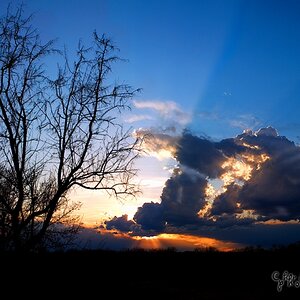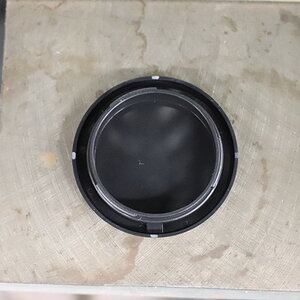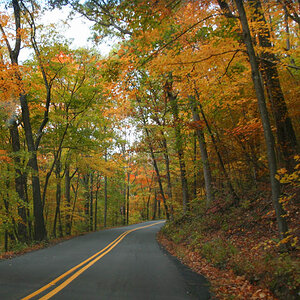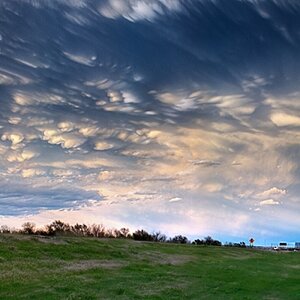SoulEssenceCo
TPF Noob!
- Joined
- Jun 2, 2014
- Messages
- 4
- Reaction score
- 0
- Can others edit my Photos
- Photos NOT OK to edit
Hello! 
I wouldn't consider myself a complete newbie to photography but there sure is a whole lot more I need to learn!
I've been a very successful photographer for about 5 1/2 years. Examples of my work: (Some old/ Some new)
[url]https://www.facebook.com/soulessence.photographyy/media_set?set=a.165819370205190.34315.100003313855778&type=3[/URL]

I only have worked with constant westcott box lights. I have four of the regular sized ones & they're cool. They got me this far.
But I know that in order to be able to be more versatile, I must be willing to go further than constant lighting. So I went out and bought a Novatrons 1600 bundle of 4 lights.
I'm shooting in my home currently and my space isn't all that big. It's actually set up in my living room. :mrgreen:
Here are all my lights set up together so you can see what im working with.


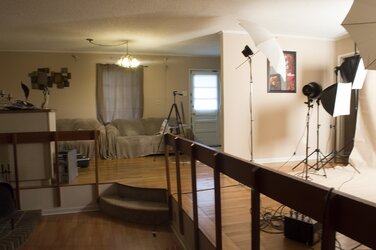

Now I'm trying to figure out how to make use of them (this is my VERY first time using strobes)
it seems like the light is extremely bright when I snap. and the results are very boring. I don't get any pleasing results.
I know the umbrellas are supposed to create a soft image but they always look so strong and harsh.
I know I have a lot to learn but what are some things am I missing?
You see my space is pretty limited here, do I even need strobes of this magnitude?
Help!
I wouldn't consider myself a complete newbie to photography but there sure is a whole lot more I need to learn!
I've been a very successful photographer for about 5 1/2 years. Examples of my work: (Some old/ Some new)
[url]https://www.facebook.com/soulessence.photographyy/media_set?set=a.165819370205190.34315.100003313855778&type=3[/URL]

I only have worked with constant westcott box lights. I have four of the regular sized ones & they're cool. They got me this far.
But I know that in order to be able to be more versatile, I must be willing to go further than constant lighting. So I went out and bought a Novatrons 1600 bundle of 4 lights.
I'm shooting in my home currently and my space isn't all that big. It's actually set up in my living room. :mrgreen:
Here are all my lights set up together so you can see what im working with.




Now I'm trying to figure out how to make use of them (this is my VERY first time using strobes)
it seems like the light is extremely bright when I snap. and the results are very boring. I don't get any pleasing results.
I know the umbrellas are supposed to create a soft image but they always look so strong and harsh.
I know I have a lot to learn but what are some things am I missing?
You see my space is pretty limited here, do I even need strobes of this magnitude?
Help!


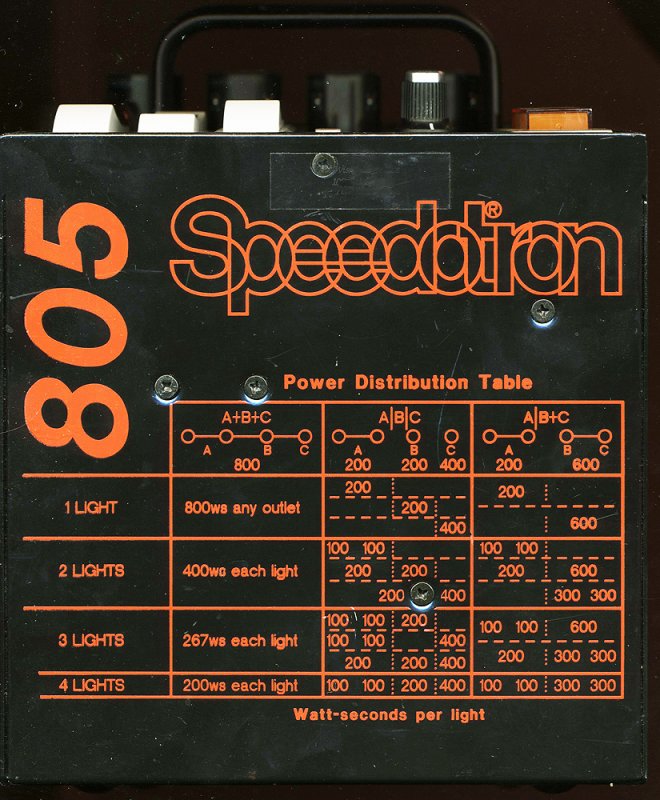
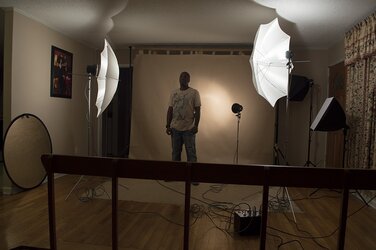
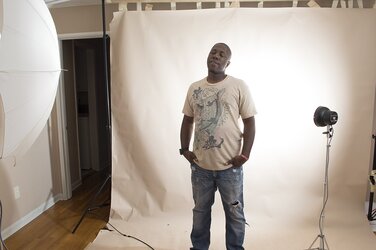
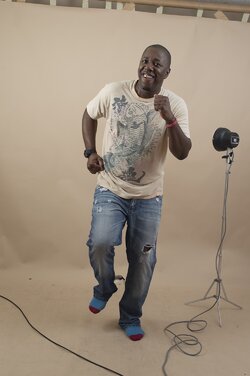
![[No title]](/data/xfmg/thumbnail/34/34345-5642c495cae8d6c7bb83c28664146cf1.jpg?1619736381)


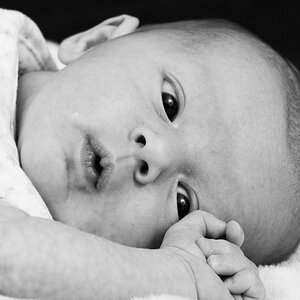
![[No title]](/data/xfmg/thumbnail/36/36602-3001bbe07fa5517ccd4b03e049c7b844.jpg?1619737642)
